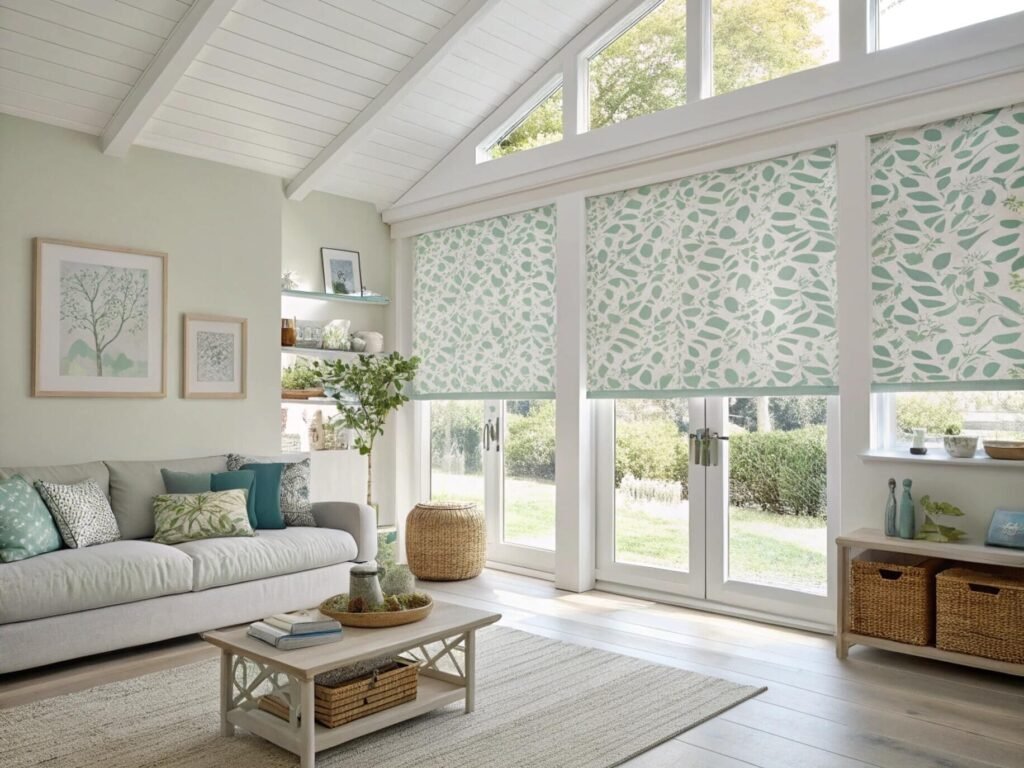You've heard about new US safety rules for blinds, but the details are murky. Non-compliance could mean rejected shipments, legal risks, and inventory that's obsolete before it even lands.
The new US safety standard[^1], effective June 1, 2024, mandates that most new window blinds sold in the country must be cordless or have inaccessible cords. This rule aims to eliminate strangulation hazards, significantly impacting all suppliers.
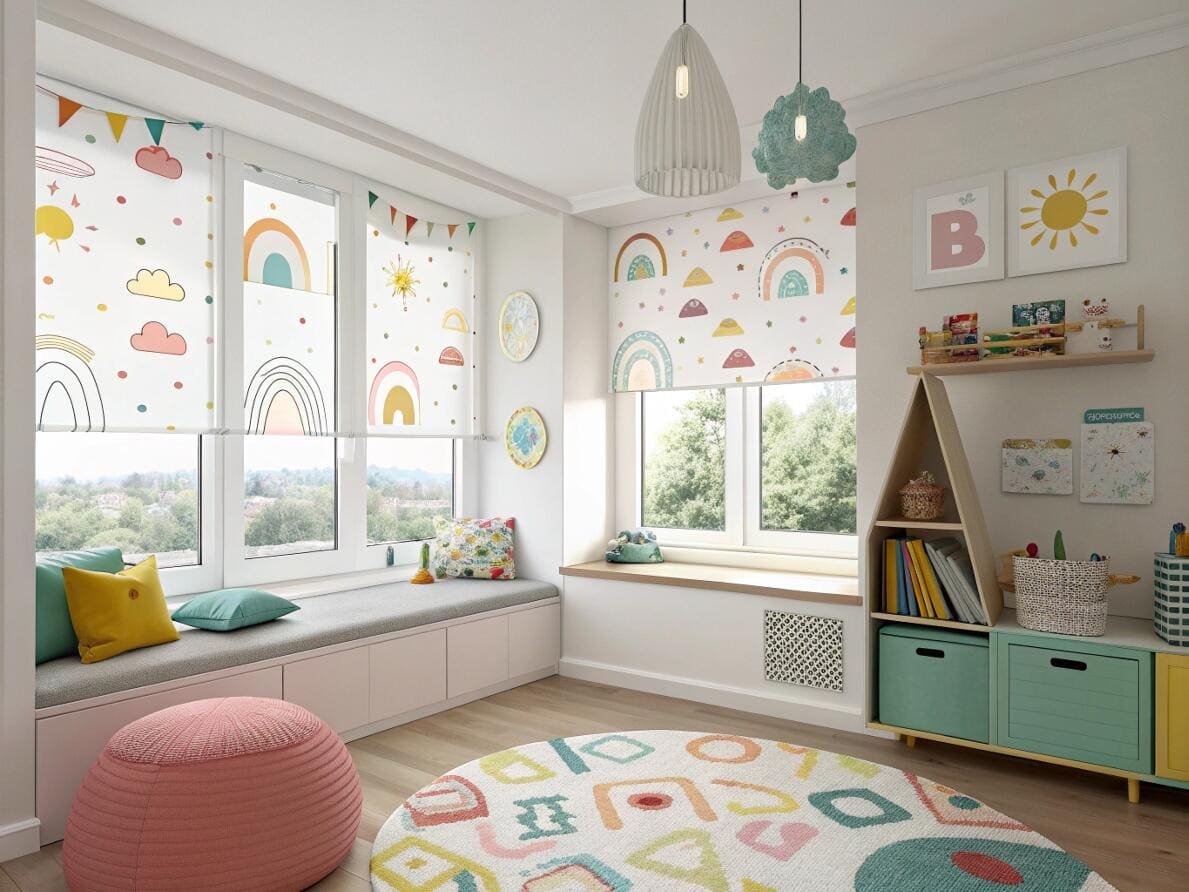
This isn't just a minor update; it's a fundamental shift in the US window covering market. As a manufacturer and exporter, I've been working closely with my partners, like Emma, a project contractor in the States, to prepare for this. The CPSC[^2] (Consumer Product Safety Commission) has designated accessible cords as a "substantial product hazard." This is serious language. For distributors and project contractors, understanding these new rules is not just about compliance—it's about protecting your clients, your reputation, and your business. Let's break down exactly what you need to know and do.
What exactly are the new regulations for blinds?
You see the headlines about "cordless," but you need the hard facts. What does the rule actually say, and does it apply to all of your products?
Effective June 1, 2024, all stock blinds sold in the US must be cordless or have inaccessible cords. Custom-order blinds must also comply with strict new cord-length limits[^3] and tensioner requirements[^4].
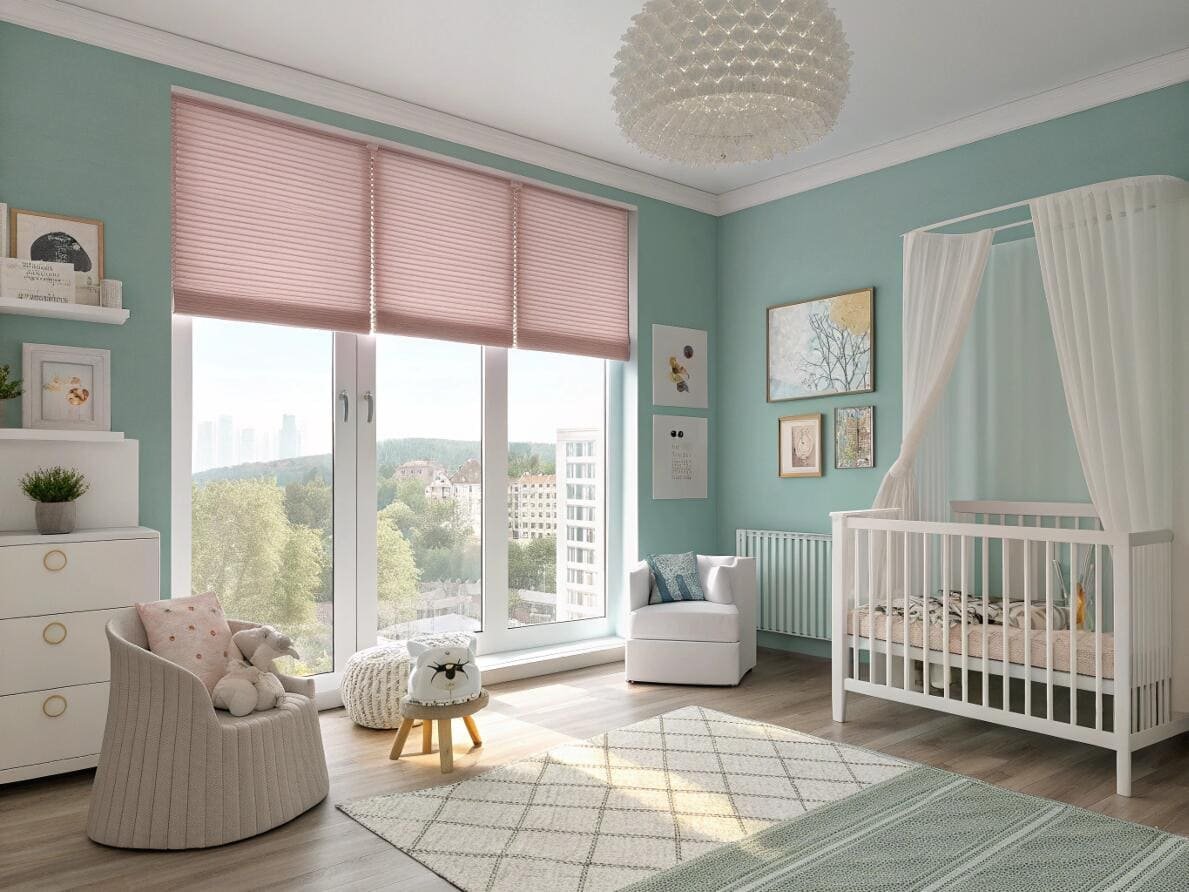
This new federal safety standard, officially known as ANSI/WCMA A100.1-2022[^5], is now mandatory. Its core mission is to remove dangerous strangulation hazards for children. The CPSC has adopted this standard, meaning it's no longer a voluntary guideline; it's the law. For "stock" products—the ready-made blinds sold in stores or online—the rule is simple: no accessible cords. Period. This means they must use a cordless mechanism (like spring-loaded or motorized) or have cords that are fully enclosed and unreachable.
For "custom-order" products, the rules are slightly different but still very strict. If a custom blind has cords, they must be engineered to specific, safer configurations. This often means using certified tension devices that keep cord loops[^6] taut and secure against the wall. Understanding this distinction is key for managing your product portfolio and communicating accurately with clients who may need custom solutions.
So, are blinds with cords completely illegal now?
You have existing corded inventory[^7] or clients with older blinds. Do you need to recall everything? It's a question that creates a lot of anxiety for business owners.
No, the rule does not make all corded blinds illegal overnight. It applies to new products being manufactured and sold. Existing blinds already installed in homes can remain, though upgrading is strongly recommended.
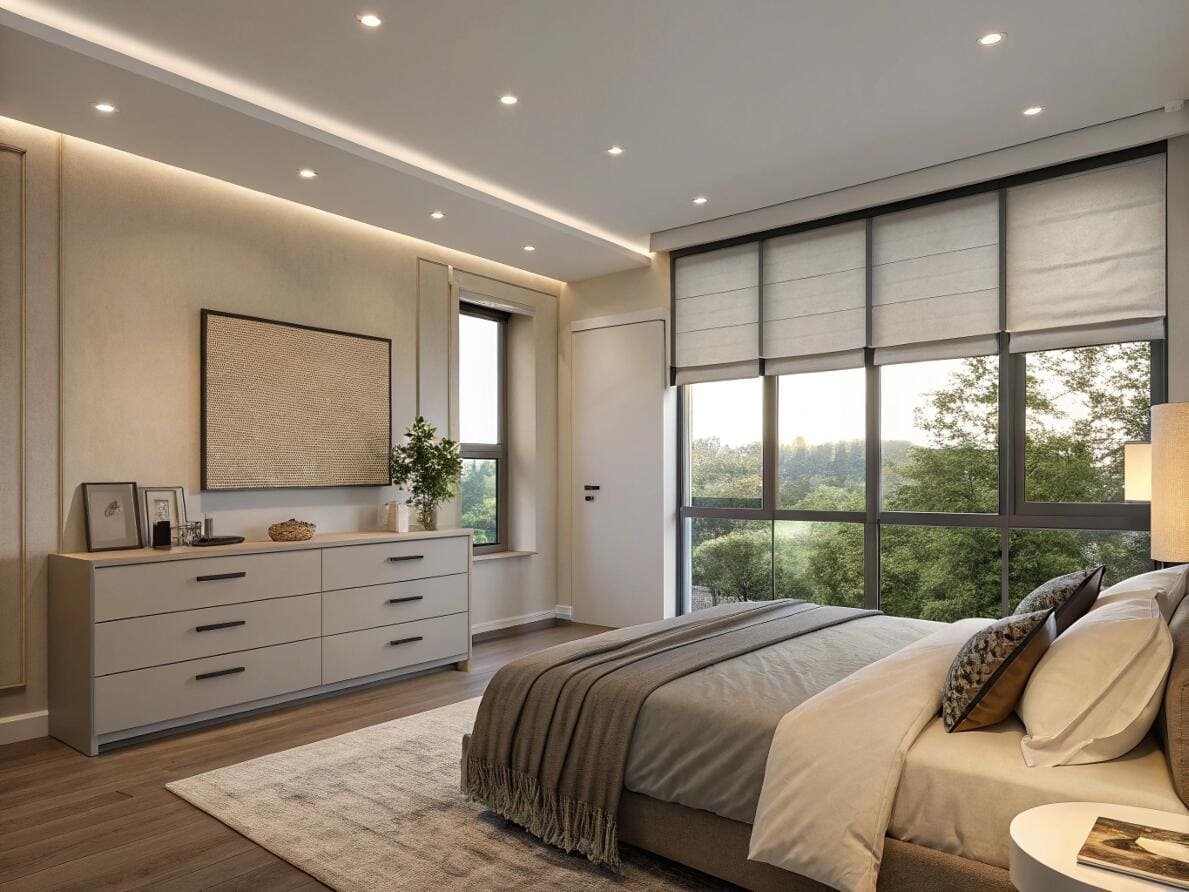
The goal of this regulation is to phase out a known hazard from the market, not to force a nationwide recall of every blind currently in use. This is a critical distinction. You are not required to rip out a client's existing corded blinds. However, you now have a professional and ethical responsibility to inform them of the documented risks. The reason for this aggressive new standard is backed by tragic data.
The CPSC has linked accessible blind cords to numerous child strangulation deaths and injuries between 1996 and 2021. What makes these incidents so frightening is that they often happen silently and quickly, sometimes even when an adult is in the same room. The CPSC's move is a direct response to this persistent danger, aiming to protect the most vulnerable by designing the risk out of the product itself.
How can you make existing blind cords safer?
Your clients are now aware of the risks and are asking for solutions for their older blinds. You need to provide them with clear, actionable, and safe advice.
For existing blinds, you can reduce risk by shortening cords and installing cleats or tensioners. However, the only way to completely eliminate the hazard is to replace the unit with a modern cordless or motorized system.
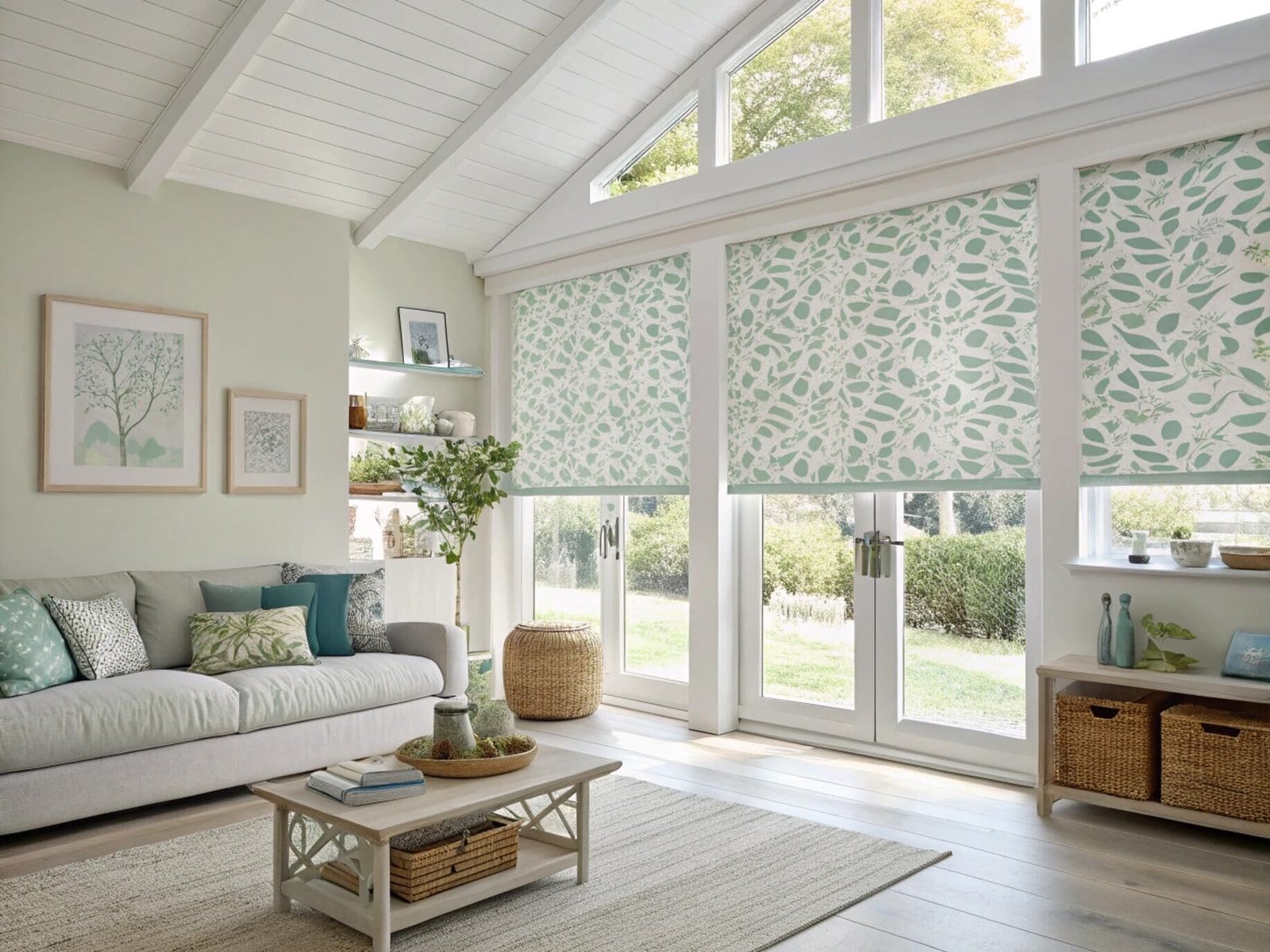
When a client asks for help, you have a two-part answer. The first part is immediate risk reduction. For end-users with corded blinds, free retrofit kits are available from the Window Covering Safety Council (WCSC). These kits typically include devices like cord cleats to wrap up excess cord high and out of reach, and tensioners to secure continuous cord loops tightly to the wall. This is a crucial first step.
The second, more important part of the conversation is about permanent safety. I always explain that while retrofit kits help, they don't remove the hazard entirely. A determined child might still find a way to interact with the cord. The only foolproof solution is to upgrade to a system with no accessible cords. This means either a manual cordless lift system or, for the ultimate in safety and convenience, a motorized system. This new regulation presents a perfect opportunity to discuss these superior, safer options with your clients.
What's the action plan for my business?
You understand the rules and risks. Now you need a concrete plan to protect your business, manage inventory, and turn this regulatory change into a market opportunity[^8].
Your action plan must include updating product specs, securing a compliant supply chain[^9], educating your team, and managing existing stock. The cost of upgrading is an investment in safety that's far cheaper than the risk of non-compliance.
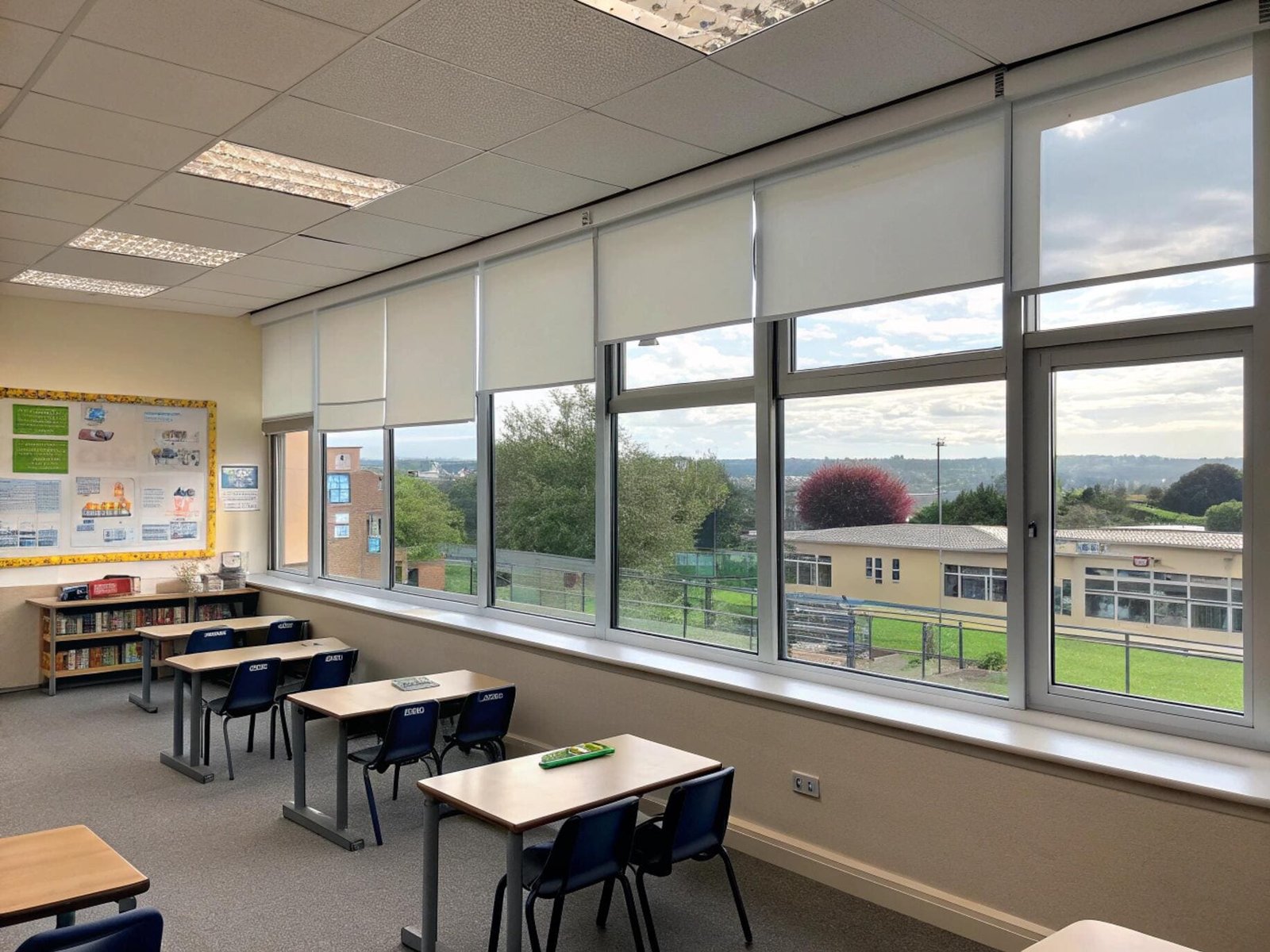
Based on market research, a standard cordless blind might cost 10-20% more at retail than a corded one. However, by working directly with an OEM like us, you can control that cost increase. Through scaled purchasing, we can often keep the price bump below 8%. This is a small price to pay to eliminate the massive potential risk of product liability and recalls. Here is the action checklist my most prepared partners are implementing right now:
- Update Immediately: Revise all spec sheets, quotes, and product catalogs to prominently feature "cordless" and "motorized" options. Clearly state your compliance with "ANSI/WCMA A100.1-2022 & CPSC 2024."
- Secure Your Supply Chain: Work with your motor and battery suppliers to lock in standard parts with lead times of 30 days or less. The retrofit and renovation market is about to boom, and speed will be essential.
- Train Your People: Ensure your sales and installation teams can clearly explain the new safety standards and the benefits of cordless systems. This is now a key selling point.
- Manage Existing Stock: Develop a plan to clear out any remaining corded inventory. This might involve selling it to markets without these restrictions or having it retrofitted for compliance.
Executing these steps will ensure you not only meet the new legal requirements but also position your business as a leader in safety and innovation.
Conclusion
These new safety regulations are a major shift, but they also create an opportunity. A clear action plan and a reliable supply partner are key to navigating this change successfully.
---
[^1]: Understanding the new US safety standards is crucial for compliance and ensuring child safety in homes.
[^2]: The CPSC sets safety standards that protect consumers, making it essential to understand their guidelines.
[^3]: Knowing the cord-length limits is essential for compliance and ensuring child safety.
[^4]: Tensioners are critical for safety; understanding their requirements helps in compliance.
[^5]: This standard outlines safety requirements for blinds, crucial for manufacturers and consumers alike.
[^6]: Cord loops pose strangulation risks; understanding this helps in making safer product choices.
[^7]: Managing existing inventory is crucial for compliance and minimizing financial loss.
[^8]: New regulations can lead to innovative products and increased demand, benefiting businesses.
[^9]: A compliant supply chain is essential for meeting new regulations and ensuring product safety.Partner with VelaBlinds for Your Next Project
Smart window treatments shouldn't be complicated. After working with 500+ distributors and contractors worldwide, I've streamlined the process to get you quality products, competitive pricing, and reliable support - every time.
Why project professionals choose VelaBlinds:
- ✅ Fast, Accurate Quotes - Detailed specs and pricing within 24 hours
- ✅ Transparent Pricing - No hidden fees, volume discounts clearly outlined
- ✅ Quality Assurance - Direct partnerships with certified OEM manufacturers
- ✅ Project Support - Dedicated account manager from quote to delivery
Start your next project:
📧 Quick Quote: Send your requirements to info@velablinds.com
📱 Direct Contact: WhatsApp +86 137 2012 8317
🌐 Browse Solutions: https://velablinds.com/
📁 Product Resources: Access spec sheets, catalogs & project files
Paul Chen, Founder
"I built VelaBlinds to solve the real challenges I faced as a project buyer - long lead times, unclear specs, and unreliable suppliers. Let's discuss how we can power your projects with smarter blinds."
Serving distributors and contractors across North America, Europe, and Australia since 2018.

